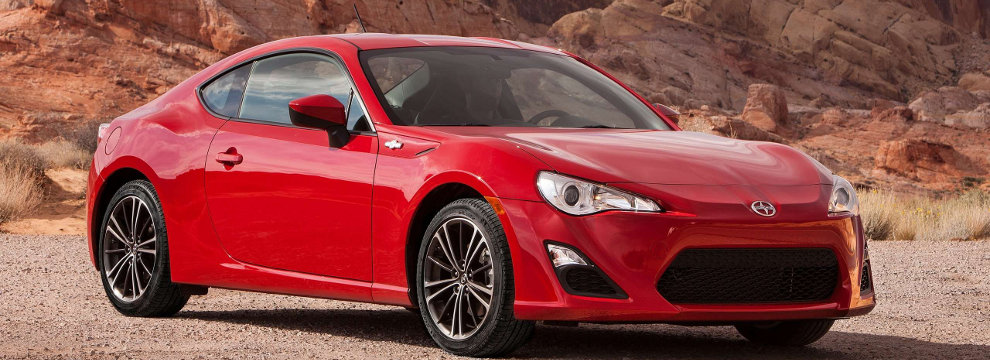
General Information - Engine Cooling System
A vital area on your vehicle is the engine cooling system. Without it, your engine could not function because it simply would get too hot and the metal would begin to melt
Below is a general description of a cooling system. All gasoline-powered vehicles employ a similar system.
The main component is the radiator. This device accepts the coolant that has been circulating through the engine and cooling system, and cools it by allowing the coolant to flow past the radiator's fins. These fins expose the coolant to the air, which takes away the heat. After the heat dissipates, the coolant returns to the system.
Besides the radiator, the cooling system consists of a recovery tank, a pressure cap, a cooling fan, a thermostat, and a water pump. This type of system is known as a pressurized system with thermostatically-controlled coolant circulation. The water pump, which is mounted on the front of the engine block, pumps coolant through the engine, around each cylinder and subsequently toward the rear of the engine. Then the coolant flows into passages around the exhaust and intake ports, near the spark plugs areas, and near the exhaust valves.
During engine warm-up, the thermostat is closed, preventing coolant from circulating through the radiator. When the engine reaches normal operating temperature, the thermostat opens, allowing hot coolant to pass through the radiator.
A pressure-type cap seals the cooling system. A pressurized system enables the coolant to maintain a higher-than-normal boiling point, which in turn increases the radiator's cooling capacity. If the system pressure exceeds the cap pressure, the high pressure forces the pressure valve to open. This allows coolant to flow into an overflow tube into the coolant reservoir. After the system cools, the excess coolant is automatically drawn back into the radiator.
The coolant reservoir serves a duel purpose. To maintain the proper coolant level in the system, one adds coolant into the reservoir. As described above, it also serves as a holding tank for excess coolant.
This type of cooling system is known as a closed design because coolant that flows past the pressure cap is stored in the reservoir and reused.
If there is not enough air flowing naturally through the radiator, for example when the vehicle is at idle on a hot day in a parking lot or at a stop sign, the electric fan automatically activates drawing more air through the radiator.











